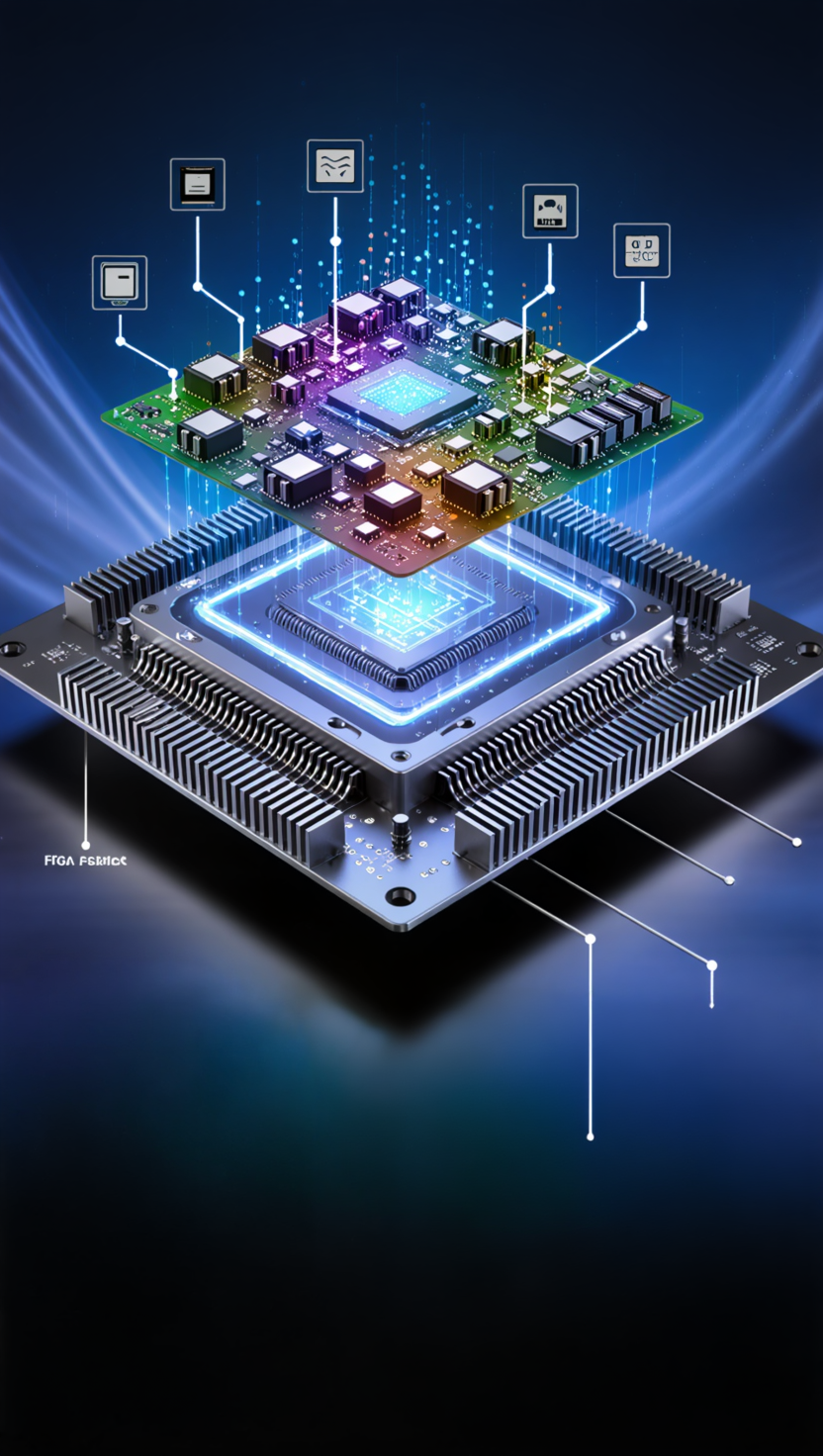Series: How to Choose an FPGA Chip - Part 2.4: Consumer Electronics and Multimedia — Powering Next-Gen Experiences
2025-09-28 11:08:50 1333
Part 2.4: Consumer Electronics and Multimedia — Powering Next-Gen Experiences
Consumer electronics and multimedia devices are increasingly demanding more compute, connectivity, and power efficiency. FPGAs play a role in bridging interfaces, enabling advanced video/image processing, and supporting AR/VR and wearable technologies. For engineers, the challenge is delivering high-quality multimedia performance in compact, low-power designs. For managers, the key concerns are cost sensitivity, shorter lifecycles, and volume scalability.
1. Video and Image Processing
- Engineer’s View: Multimedia devices often require real-time video transcoding, scaling, and image enhancement. FPGAs handle 4K/8K pipelines and AR/VR rendering efficiently with parallel processing.
• Manager’s View: ASPs vary from <$20 for bridging FPGAs to >$100 for high-performance video FPGAs. Lifecycle may be short (3–5 years), aligned with consumer product refresh cycles.
2. Wearables and Drones
- Engineer’s View: Ultra-low-power, small-package FPGAs are used in smartwatches, drones, and other portable devices. They provide sensor aggregation, interface bridging, and lightweight AI acceleration.
• Manager’s View: Cost is highly sensitive (often <$10 ASP). Consumer-driven demand cycles mean rapid obsolescence, requiring agile sourcing strategies.
• Examples: Lattice iCE40 UltraPlus, CrossLink-NX.
Comparative Table: FPGAs in Consumer Electronics and Multimedia
|
Application |
FPGA Requirements |
Example Families |
Engineer’s Priority |
Manager’s Concern |
|
4K/8K Video Processing |
High DSP density, memory bandwidth |
Xilinx Kintex UltraScale, Intel Arria 10 |
Parallel video pipelines |
ASP ~$100+, lifecycle 3–5 years |
|
AR/VR Rendering |
Low latency, interface bridging |
Lattice CrossLink-NX, Xilinx Artix-7 |
Real-time display pipelines |
Cost-sensitive, volume scaling |
|
Wearables/Drones |
Ultra-low power, small form factor |
Lattice iCE40 UltraPlus |
Sensor fusion, low-power AI |
ASP <$10, rapid obsolescence |
Case Studies
Case Study 1: 8K Video Transcoder
Challenge: A multimedia company needed real-time 8K video transcoding for consumer TVs.
Solution: Xilinx Kintex UltraScale FPGA with high DSP count and DDR4 support.
Result: Delivered low-latency 8K transcoding pipelines.
Manager’s Perspective: ASP ~$150, lifecycle 3–5 years aligned with TV product refresh.
Case Study 2: Smartwatch Sensor Aggregation
Challenge: A wearable manufacturer needed efficient aggregation of multiple biometric sensors.
Solution: Lattice iCE40 UltraPlus (<1 mW standby, <$5 ASP).
Result: Enabled compact sensor fusion while maintaining battery life.
Manager’s Perspective: Extremely cost-sensitive market; ASP <$5 requires tight supply management.
Case Study 3: Drone Camera Stabilization
Challenge: A drone vendor needed real-time video stabilization and object detection.
Solution: Lattice CrossLink-NX FPGA (~1–2 W typical power).
Result: Delivered low-latency stabilization with onboard AI detection.
Manager’s Perspective: ASP ~$15, lifecycle short; rapid refresh cycles demanded flexible sourcing.
Conclusion
FPGAs in consumer electronics and multimedia strike a delicate balance between performance, power, and cost. Engineers benefit from reconfigurable architectures to handle video, AR/VR, and sensor workloads. Managers must manage cost sensitivity, short product lifecycles, and volume scaling challenges. The right FPGA choice ensures competitive performance without jeopardizing profitability in fast-moving consumer markets.






